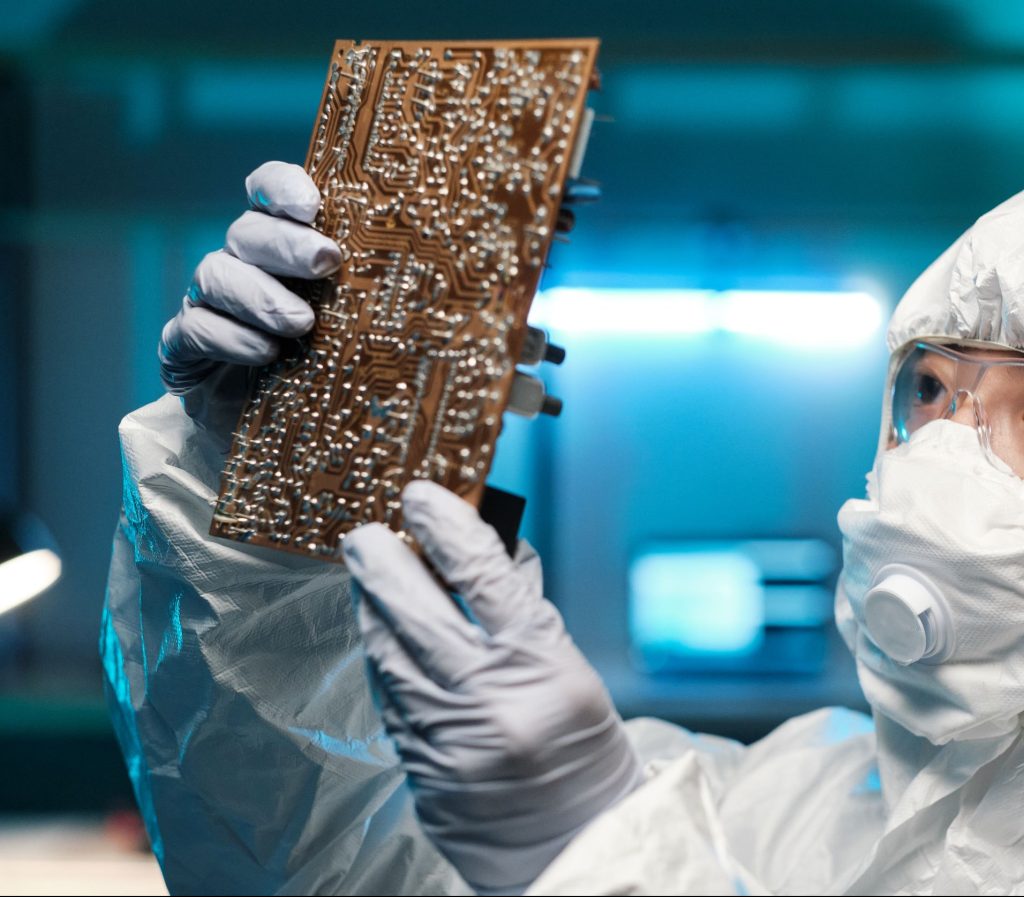The Dutch WEEE flows 2020
Waste of electrical and electronic equipment (WEEE) is regulated by the WEEE Directive in the European Union. Article 7 of the WEEE Directive states that the minimum collection rate to be achieved annually by a member state shall be 65% of the average weight of electrical and electronic equipment (EEE) placed on the market (POM) in the three preceding years or, alternatively, 85% of WEEE generated on the
territory of a member state. In the Netherlands, WEEELABEX standard requirements are mandatory for WEEE treatment.
This report presents the EEE POM, WEEE Generated, the compliantly regulated WEEE Collection, and the WEEE Flows outside of the regulated WEEE management system in the Netherlands. The results for 2018 have been compared to the data of the methodologically equivalent Dutch WEEE Flows Study, which was conducted for reference year 2010.
Andere relevante publicaties
Re-use of soundbars
How feasible is it to give soundbars a second life? Commissioned by Stichting OPEN, Second Use investigated the re-use potential of four soundbar models, revealing insights into repairability, consumer interest, and key barriers.
Re-use van soundbars
Hoe haalbaar is het om soundbars een tweede leven te geven? In opdracht van Stichting OPEN onderzocht Second Use de potentie van re-use bij vier modellen soundbars – met inzichten over reparatiemogelijkheden, consumentengedrag en belemmeringen.
Re-use of cordless vacuum cleaners
The re-use of cordless vacuum cleaners presents interesting opportunities, but battery replacement costs pose a significant challenge. This study, conducted by Second Use on behalf of Stichting OPEN, examines the feasibility of refurbishment and identifies key improvements to extend the lifespan of these appliances.


